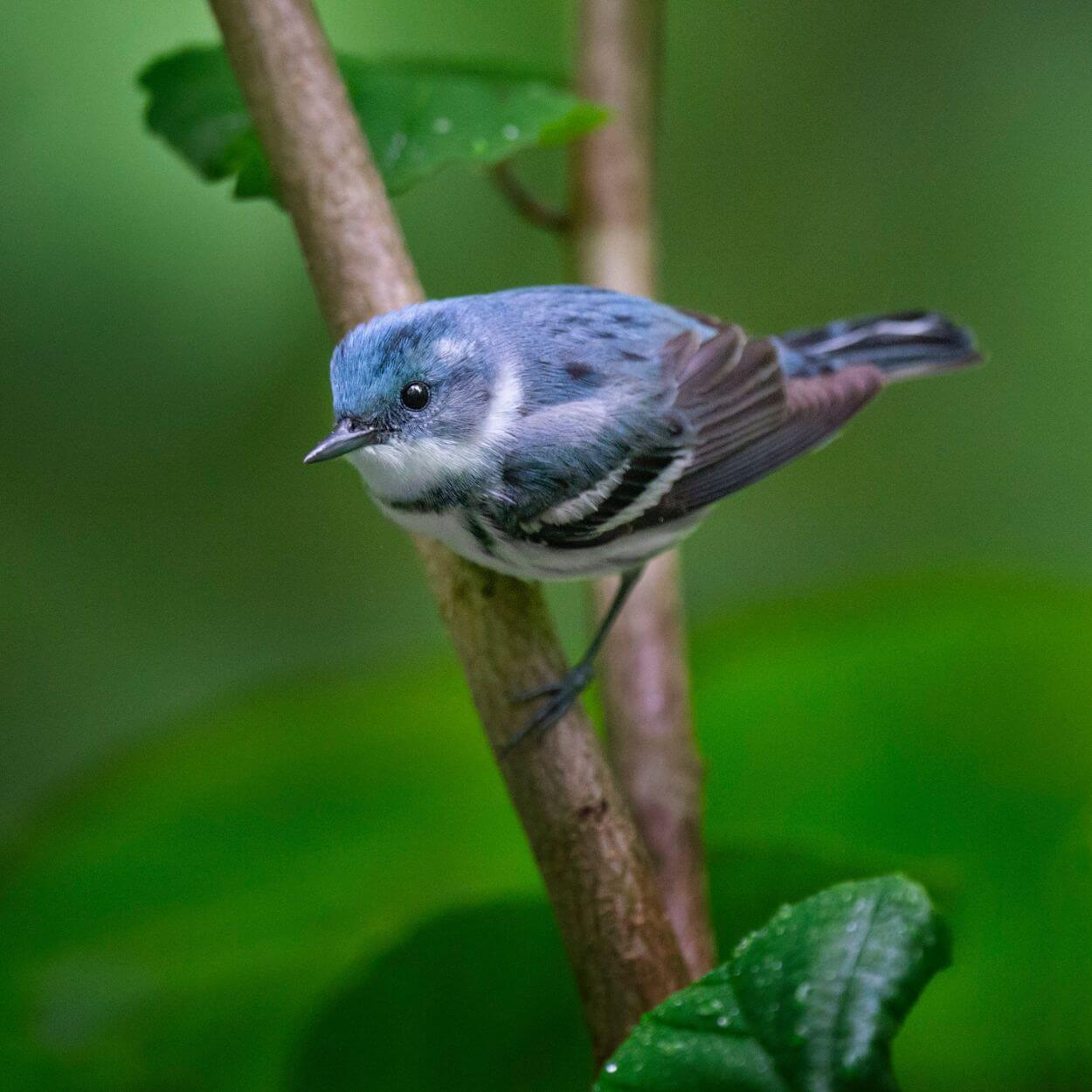In the face of climate change, the A2A landscape is of increasing importance as species move north to more suitable habitats. The Thousand Islands also represents a critical leg of the Atlantic Flyway; a major bird migratory highway. The intersection of the A2A Wildway and Atlantic Flyway reinforces the need for land conservation in this region.
In November 2024, TILT made a significant stride towards conservation of the Algonquin to Adirondack (A2A) wildlife corridor by acquiring a 240± acre tract of land in Hammond, NY. Located on the serene Mile Arm Bay of Black Lake, this wild and rugged property represents a timely investment in protecting the area’s unique ecosystems while building upon existing conserved lands in support of habitat connectivity.
The Chapman Point Property’s undulating carbon-rich forests descend into overflowing wetlands, exhibiting an array of diverse landscapes that thrive because of their connection to Black Lake and the adjoining Lonesome Bay State Forest. These remote habitats host a wide range of rare species. Native threatened flora (local plants) such as the Back’s sedge and rock elm (cork elm), and avifauna (birds) of special concern, including Pied-billed Grebe and Cerulean Warbler, rely on quiet tracts of wilderness like this for survival. The A2A corridor is a lifeline for many rare species, allowing them to move freely, find food, and breed.
With support from a U.S. Fish and Wildlife Service (USFWS) Great Lakes Restoration Initiative (GLRI) grant and the Northeast Wilderness Trust, TILT will be keeping this property intact, ensuring that it remains a resilient forever-wild preserve, The unbroken canopies of this conserved forest support species of special concern like the Cerulean Warbler. promoting biodiversity and fostering ecosystem health. TILT’s work in securing the Chapman Point Property exemplifies a commitment to environmental stewardship, highlighting the importance of thoughtful land use. By emphasizing the necessity of preserving our natural habitats in their original state, we reinforce our dedication to creating a sustainable future for generations to come.
Click HERE to read our full Spring 2025 Newsletter!
